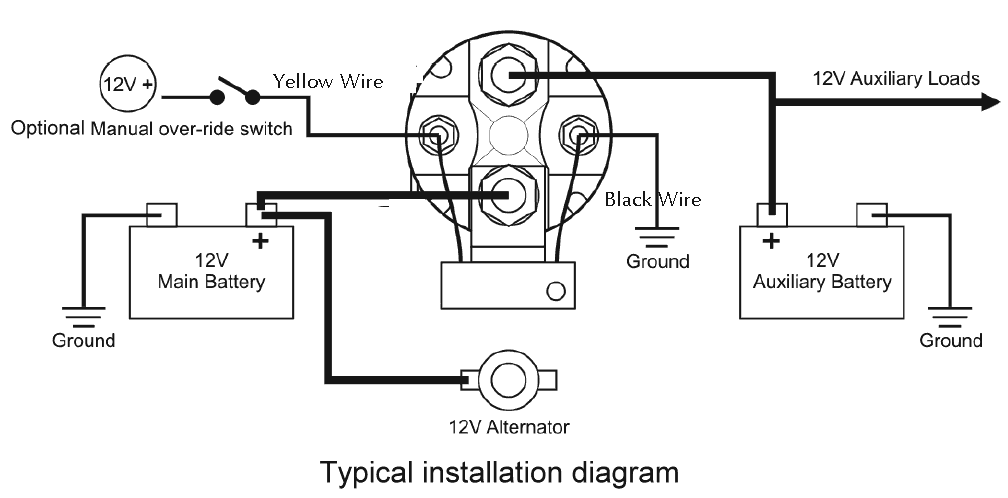Rbertalotto
Explorer
This looks good, but the wiring diagram shows four units, unless I'm reading this wrong
http://www.bepmarine.com/media/product/pro4c27c7b7be28f.pdf
http://www.bepmarine.com/media/product/pro4c27c7b7be28f.pdf
I agree, been a proponent of them since first discovering them. Though not this exact thing (wasn't available when I purchased or I would have bought it) what I had staged for the Sub, but has now been moved to the FJ60 project is effectively this:This is about as good and easy as it gets.
http://www.bepmarine.com/home-mainmenu-8/product-269/125-amp-voltage-sensitive-relay-vsr-
About $70, no voltage drop and idiot proof.
This is about as good and easy as it gets.
http://www.bepmarine.com/home-mainmenu-8/product-269/125-amp-voltage-sensitive-relay-vsr-
About $70, no voltage drop and idiot proof.
This looks good, but the wiring diagram shows four units, unless I'm reading this wrong
http://www.bepmarine.com/media/product/pro4c27c7b7be28f.pdf
FWIW: My Powergate (dual rectifier) has been working perfectly since the day it was installed. Keeps my two Odysseys fully charged without issue. Super easy to bridge the batteries should I need to...
Now if they would just get their new Mobiarc to me so I can check that off my list.... Scott are you reading this?! :coffeedrink:

I feel the added cost over a bare solenoid is usually worth it.
I don't see that powergate has an advantage over voltage sensing relays. It is more expensive. What am I missing?
there is no other option that offers nearly the same performance.
